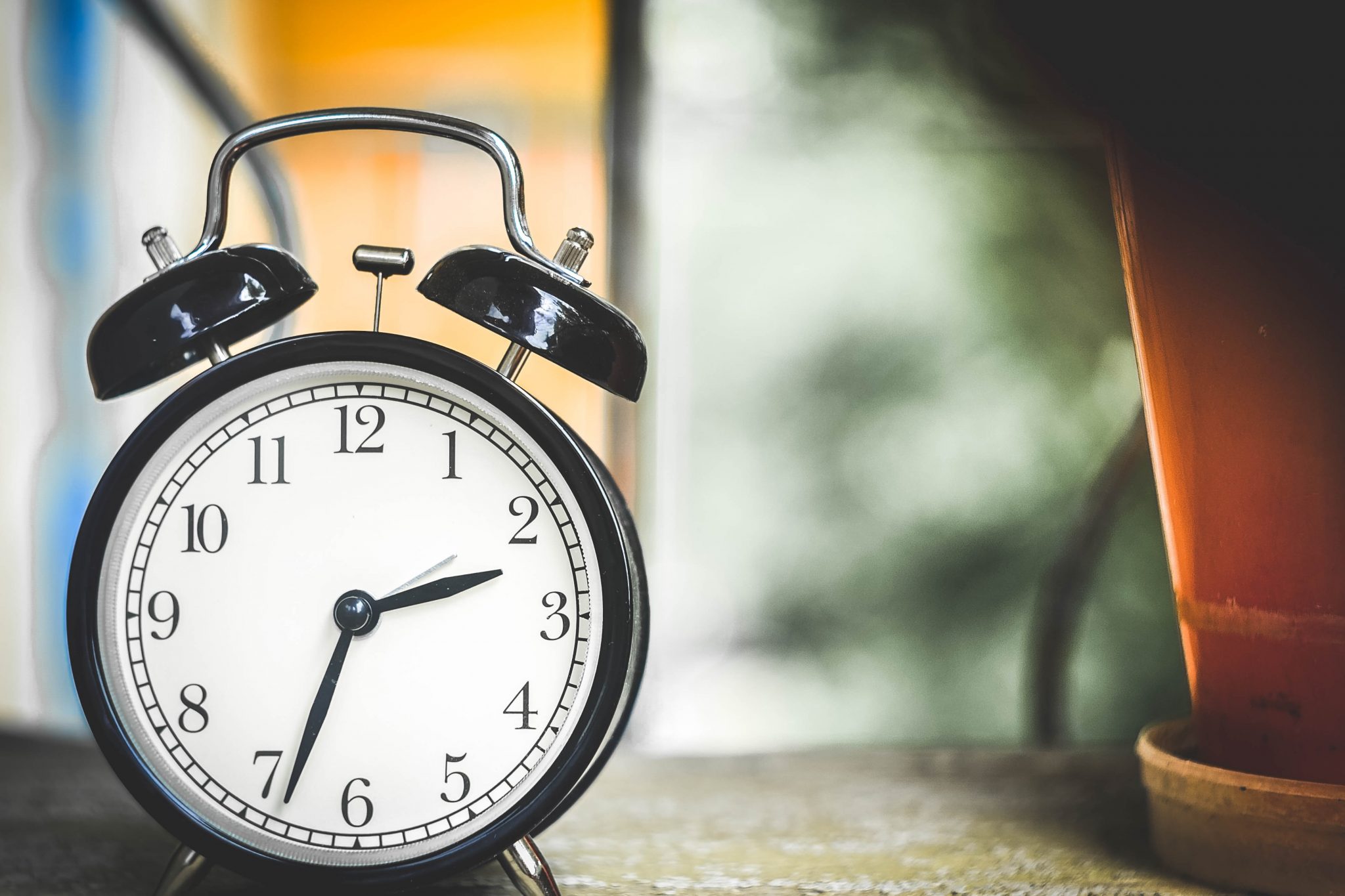Why Uninterrupted Sleep Isn’t the Only Option
What’s So Great About a Full Eight? Why Uninterrupted Sleep Isn’t the Only Option
Do you often find yourself lying awake at night, unable to sleep, simply growing more anxious by the moment that you will be forced to face a groggy, sleep-deprived day? If so, you can join more than a third of American adults who report that they are not getting enough sleep on a regular basis.
The negative effects of insufficient sleep extend beyond feeling a bit groggy. Sleep deprivation leads to impaired physical and cognitive function that lower your body’s defenses against illness, damage decision making ability and memory, and contribute to excess weight gain, among many other undesirable symptoms. In fact, according to research cited by Harvard Medical School “sleeping less than five hours per night increases the risk of death from all causes by about 15 percent.”
Is one ultimately doomed to stumble through life in a sleep deprived haze? With the ever-mounting demands of work, family, friends, and personal commitments it is nearly impossible to carve out 8 solid hours of shuteye each night.
The good news? Escaping sleepy days and sleepless nights may be easier than expected. It all begins with a shift in perspective. Getting eight uninterrupted hours of sleep each night isn’t your only option; actually, feeling confined to the “8 hour rule” may be causing more harm than good.
A Brief History of Segmented Sleep
Sleeping for eight straight hours each night may not be as natural as we assume. Recent research indicates that we naturally adhere to more of a segmented sleep schedule when we are allowed to sleep and wake when desired. There is abundant historical evidence showing that humans slept in two separate segments separated by at least 90 minutes. During a nightly waking period, humans would converse, read, write, or even simply lie awake with their own thoughts. Segmented sleep vanished with the dawn of the industrial age, artificial lighting, and highly structured work schedules that removed flexibility from sleeping and waking times.
Health Benefits of Segmented Sleep
There is evidence that adapting to a segmented sleep schedule will actually change the structure of how you sleep for the better. Throughout the night we cycle through different phases of sleep; some of which are more restorative than others. Segmented sleep appears to increase the amount of time that we spend in these restorative phases; allowing us to get the same benefit from fewer total hours of sleep.
Segmented sleep also optimizes the levels of many key hormones that regulate mood, metabolism and immune function. When these hormone levels are optimal, we are alert, calm, and content. Our metabolism operates as it should, helping us to maintain a healthy body weight while also warding off disease.
Transitioning to a Segmented Sleep Pattern
At this point you may be intrigued by the prospect of segmented sleep; however you are also likely at a loss regarding where to start. It is difficult enough to shift your sleep pattern forward or backward by a mere hour; how do you transition from a more traditional single-phase sleep pattern to a segmented sleep pattern?
The first step is to make an honest evaluation of your current schedule – is your day currently structured in a manner that will permit a nightly sleep-wake-sleep period? You will likely need to retire to bed a bit earlier than normal, perhaps shifting some of your late night tasks to the middle of the night waking period. Your body will take at least a couple of weeks to adapt to this structure and adopt a more efficient sleep structure. Once you adapt, you may be able to cut back on total hours of sleep. Bamboo sheets can help with the transition, as they breathe freely and are soft enough to help you move gently into and out of sleep.
If you already regularly wake during the middle of the night, simply use that time to your advantage. Avoid bright artificial light or overly stimulating tasks during this time, as both will make it quite difficult to fall back into the second segment of sleep. Instead take this time to read or to perform other low energy tasks. If you do not already wake during the night, you may use an alarm to help you wake at your desired time.
Lastly, if you find that you are fatigued during the day, feel free to take a short 20-minute nap. Napping is also a common feature of a segmented sleep pattern that is already practiced in many cultures. Napping is shown to improve mood, decrease stress, increase alertness, and enhance productivity. Napping earlier in the day is less likely to impact your ability to fall asleep at night and may actually decrease your nightly sleep requirements.
To Switch or Not to Switch
The goal of adopting a segmented sleep schedule is to improve overall health and wellbeing. If you find that segmented sleep simply is not working well with your lifestyle after allowing at least a couple weeks for adaptation and trying aids like bamboo sheets, feel free to return to a monophasic mode of sleep. Ultimately you must find a sleep schedule that feels the most natural to you.









